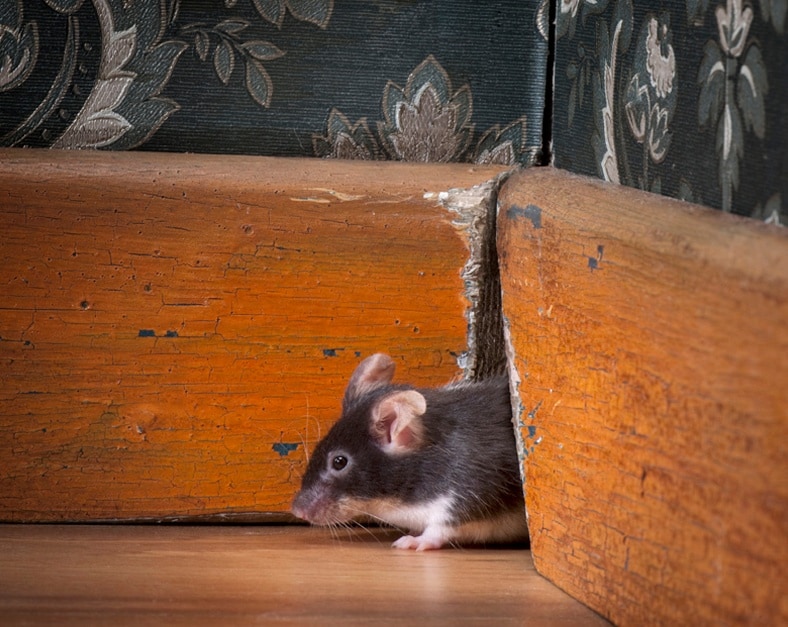Once considered a luxury, air conditioning is now considered a necessity for many homeowners in Milwaukee, as important as central heating. Hot weather is as dangerous for animals as it is for humans, and animals do not have access to air conditioning in their natural habitat. Nevertheless, nature has equipped them with some techniques they can use to keep cool. Unfortunately, wildlife may seek relief from the heat inside your home, requiring raccoon removal or other forms of wildlife control in Milwaukee.
1. Splitting
Have you ever seen animals such as raccoons, rabbits, or squirrels lying on their stomachs on the ground with their limbs outspread? It may appear that the animals are sick or hurt, but they are actually doing something called splitting, a technique to help keep them cool. In shady areas, the temperature of the ground may be cooler than the air. Lying flat on the ground allows heat from the animal’s body to transfer into the ground, cooling the animal in the process.
2. Digging
When the sun shines on the ground, the surface absorbs heat from the rays and warms up. However, the heat energy cannot penetrate very deeply into the ground’s surface. When an animal digs below the surface, it finds that the ground underneath is much cooler. Burrowing animals, such as skunks, can thus beat the heat by digging a hole underground and hiding there until the outside temperature cools down. Skunks like to dig burrows under an object that offers them some protection. This may be a fallen log or large rock, but it could also be a manmade structure, such as a porch, a deck, or a shed.
3. Sleeping
In some human cultures, it is common to sleep during the hottest time of the day as a means of temporary escape. Some animals do the same thing as a self-preservation instinct. For example, some nocturnal animals may sleep longer than normal during the day when the temperatures are hot. To make up for lost time, they stay out at night longer than usual.
Some animals, mostly reptiles but some mammals as well, enter a state of torpor to protect themselves from the heat. They slow down their bodies’ metabolisms so that they can remain dormant for prolonged periods of time without having to eat or drink. This may sound like hibernation, but it is actually a different process called estivation. The main difference is that, while hibernation is designed to preserve body heat during cold weather, estivation helps to keep the animal’s body cool.
4. Hiding
Some animals are not able to dig to keep warm because they are not burrowers. They may be able to sleep during the hot times of the day, but they do not enter into torpor. These animals have more limited options. Their only alternative may be to seek out areas that are shaded from the sunlight. When an area does not receive direct sunlight, the temperature tends to be cooler than those that are too much in the sun. Animals may seek out shelter from the sun in fallen logs, tree nooks or hollows, dense foliage, or high branches. If their shelter also provides some protection from predators, so much the better. Animals that have adapted to live in urban or suburban areas near humans may seek out shelter in places such as under sheds or porches. Some may actually make their way into human homes.
Animals that are already in the home may seek out cooler places if their primary nesting or denning site becomes too warm. For example, animals nesting in the attic may move to a cooler place, such as the basement.
Call Skedaddle for Raccoon Removal and Other Wildlife Services
Our trained technicians remove the animals humanely and prevent them from coming back. Find out more about the services we offer in Milwaukee.



